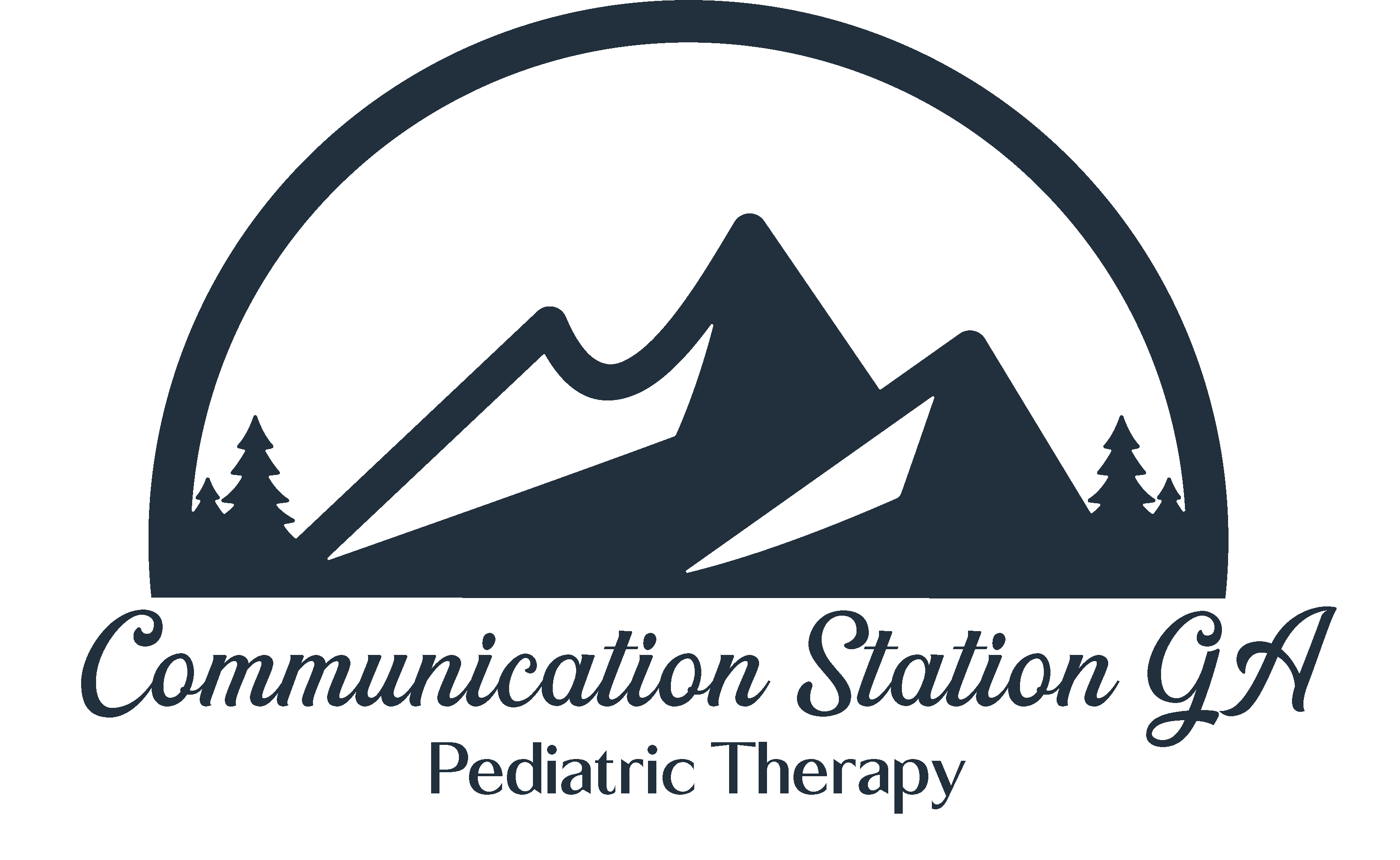We’ve supplied you with two blogs focusing on Speech and Occuaptional Therapy idea for home practice/learning with both fun and functional idea, that are hopefully easy to implement into your daily routine. We will be sharing intervention about : *engaging children *sensory connections *gross motor ideas *fine motor ideas *emotional regulation and moreEmbracing Spring: Early Intervention Occupational […]
This blog will cover a brief overview of speech and language development. It will also highlight fun and functional ways for you to grow speech, language and communication skills at home. Check out the rest of the blog for ideas, especially for early intervention, and at home strategies. *speech and language fundamentals *8 fun and
Why Private Practice in Pediatrics?
Have you ever said, “I’ll never do that again?”, and then eat your words(figuratively)? Yep that’s me, and that’s exactly what I did, yet could not be happier. It all began 15 years ago, in South Carolina. After spending five years in the school district, I realized that was not the setting for me. Don’t
Why Private Practice in Pediatrics? Read More »
Exploring the Role of Pretend Play in Preschoolers’ Development
Exploring the Role of Pretend Play in Preschoolers’ Development Introduction: Pretend play is a fundamental aspect of early childhood development, serving as a bridge between reality and imagination. At the preschool stage, children engage in pretend play frequently, often assuming roles and enacting scenarios that mimic real-life experiences. *Characteristics of Pretend Play *Importance of Pretend
Exploring the Role of Pretend Play in Preschoolers’ Development Read More »
Social Skills and School-Age Children
Improving social skills in school-age kids is crucial for their overall development. At this stage, children are developing a sense of identity and forming relationships that significantly impact their future interactions. Here are some key strategies to foster positive social skills in school-age kids: 1. Active Listening: Encourage kids to listen attentively when others are
Social Skills and School-Age Children Read More »
Understanding the Red Flags of Autism
Autism Spectrum Disorder (ASD) is a neurodevelopmental condition that affects individuals across a spectrum, presenting with diverse strengths and challenges. Early identification of signs or “red flags” associated with autism is crucial for timely intervention and support. While it’s important to note that every individual is unique, there are common behaviors and characteristics that may
Understanding the Red Flags of Autism Read More »
5 Components of Language
Morphology, syntax, semantics, and pragmatics are crucial components of linguistics, collectively contributing to our understanding of language structure and use. Morphology: Morphology is the study of the structure and formation of words. It delves into morphemes, the smallest units of meaning, and their combinations. Morphological analysis involves understanding how affixes, roots, and stems come together
5 Components of Language Read More »
Who is the best PLAYMATE for your child? ………….YOU!!!
Play is an essential daily occupation for children. Play begins very early on as children 0-3 months explore their fingers and move their bodies. Up to 2 years old, children are playing alone, moving from exploratory play to using objects for non-functional purposes (like banging a spoon on a bowl) and and then to use
Who is the best PLAYMATE for your child? ………….YOU!!! Read More »
16 by 16
16 Gestures by 16 Months You may or may not have heard about the rule of thumb in early language development: 16 gestures by 16 months. What does this mean? Typical language development is just that, typical and predictable. As babies develop there are usually patterns and behaviors that are seen and are signs that
It is never too early!
Worried your child might not be talking enough?Or your child can’t quite follow directions like other children do?It is normal to have these concerns. It is never too early to consider your child’s developmentand language skills. I just advise you not to google it too much and stress yourself out. Myadvice, is of course, get
It is never too early! Read More »
